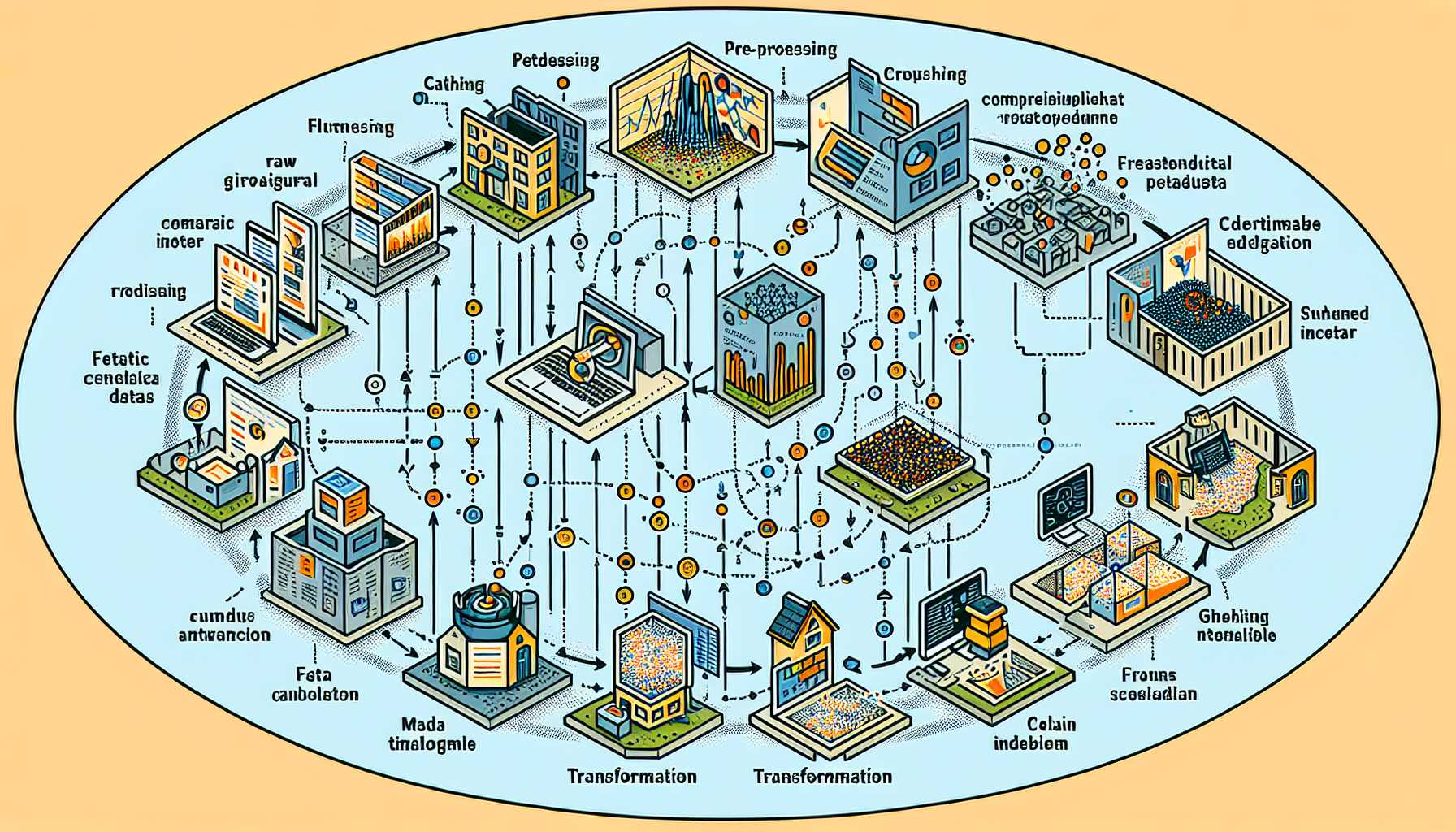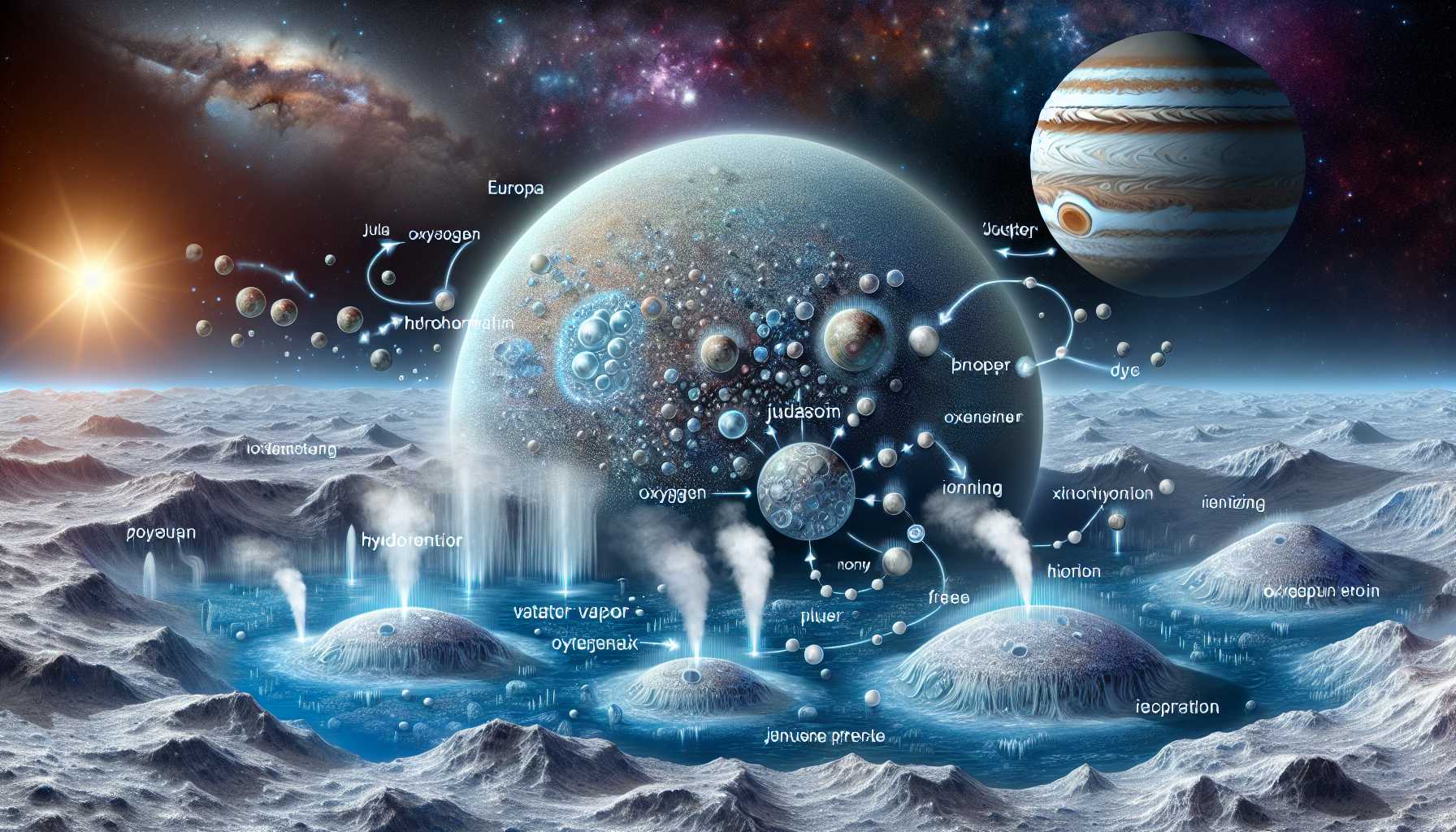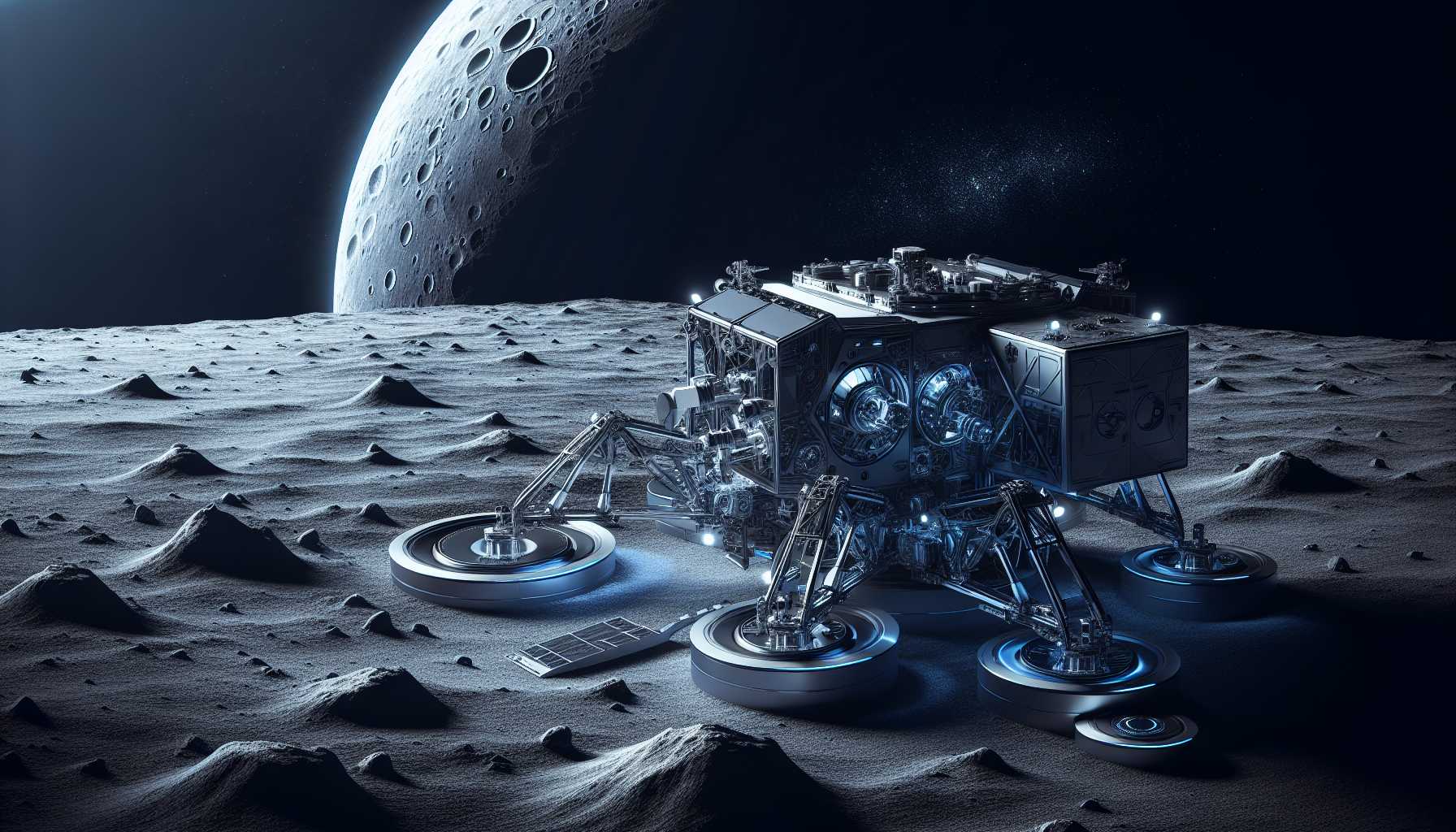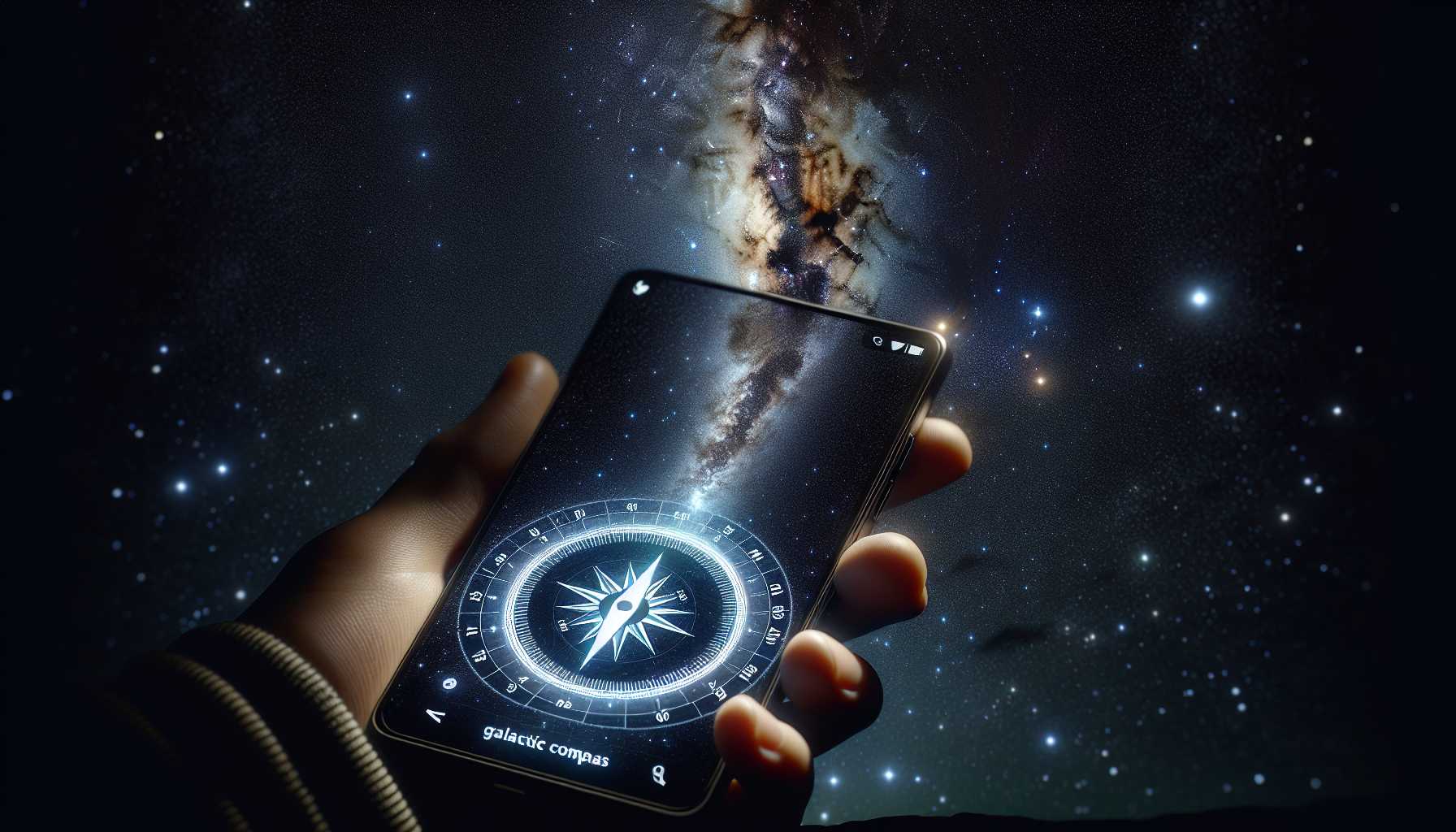The Final Frontier is Closer Than Ever: Serverless Geospatial Transformations
The space race is taking dramatic new twists not just physically, but digitally. Pioneering the digital universe are two former Uber engineers, Sina Kashuk and Isaac Brodsky, who, inspired by the satellites that dance across our skies, are creating waves with their new venture – Fused. Emerged from stealth, Fused swears by simplicity and remarkable processing velocity to convert raw geospatial data into user-friendly visualizations. From weather patterns to agricultural insights, this platform envisions these extensive datasets not as an abstract concept, but as a tangible, actionable asset across familiar platforms like Excel and Airtable.
Personal Thoughts: As a tech investor and expert, it's electrifying to see serverless architecture propelling the geospatial realm to effortless heights. This is a game-changer that embodies an efficient future where massive data volumes are tamed and tailored in seconds. The democratization of space-derived data could spur untold innovations across industries.
Oxygen Factory in Space: NASA’s Revelations on Europa
From a distant part of our solar system, NASA’s Juno craft points to Europa, not as a cold, lifeless moon, but as an oxidative oasis. NASA suggests that the ice-clad satellite, shrouded by intense radiation, converts it into an oxygen factory potentially hosting vast seas—which spawn an astounding 1,000 tons of oxygen every 24 hours. The implications? This creates a narrative where Europa could be a haven for life, painting this Jovian moon as a lead character in the timeless quest for extraterrestrial existence.
Personal Insights: As someone entrenched in tech dialogues, this strikes me as a profound reminder of nature's dance with physics—creating life-sustaining environments in the cosmos's harshest theatres. The Europa Clipper mission rings not just of exploration, but of hope—an icon of human ingenuity and curiosity.
Lunar Rivals: Blue Origin and SpaceX’s Race to the Moon
There’s a new lunar narrative—it’s not just about reaching the moon, but who gets there first and in style. Blue Origin has thrown down the gauntlet, with plans for an uncrewed Moon landing within the next year, stepping directly into territory marked by Elon Musk’s SpaceX. With Blue Moon Mark 1 at the helm, the company seeks to demonstrate precision landing and technological prowess, paving the way for a new phase in lunar exploration.
Personal Perspective: In the tech sphere, this is tantamount to watching legends shape history. These bold timelines may well be the catalysts propelling humanity into a new space era. This competition isn't just about bravado—it's a striking manifestation of how vision, backed by technology and grit, can redefine boundaries.
Stellar Navigation: The Galactic Compass App
From geospatial wonders back on Earth, the app Galactic Compass emerges as a simple yet intriguing tool that aligns us with the cosmic monolith, Sagittarius A*, the supermassive black hole at our galaxy’s core. Developed by Matt Webb, this app is a brilliant meld of technology and cosmic realization, a compass not just for space enthusiasts but for anyone who ever pondered their place in the vast galaxy.
Personal Take: As a tech enthusiast, it's utterly captivating to see how technology can bring the cosmos into our hands, reminding us of the grand scale of the universe and our part in it. It's a testament to how even the simplest of apps can provoke profound reflection on our existential journey through the cosmos.
In conclusion, whether it’s accelerating geospatial processing, exploring potentially habitable moons, ferociously competing for lunar supremacy, or syncing our earthly orientation with the cosmos, technology unquestionably plays a pivotal role. These advancements not only bring us closer to understanding our place in the universe but also push the boundaries of what’s possible in our interstellar narrative.




